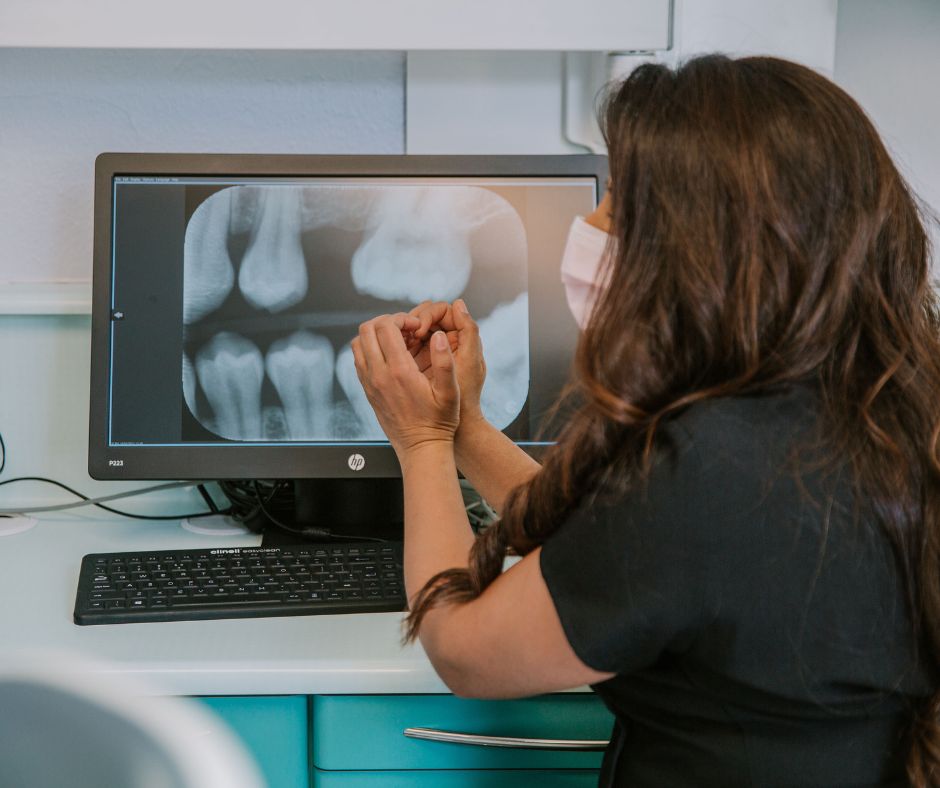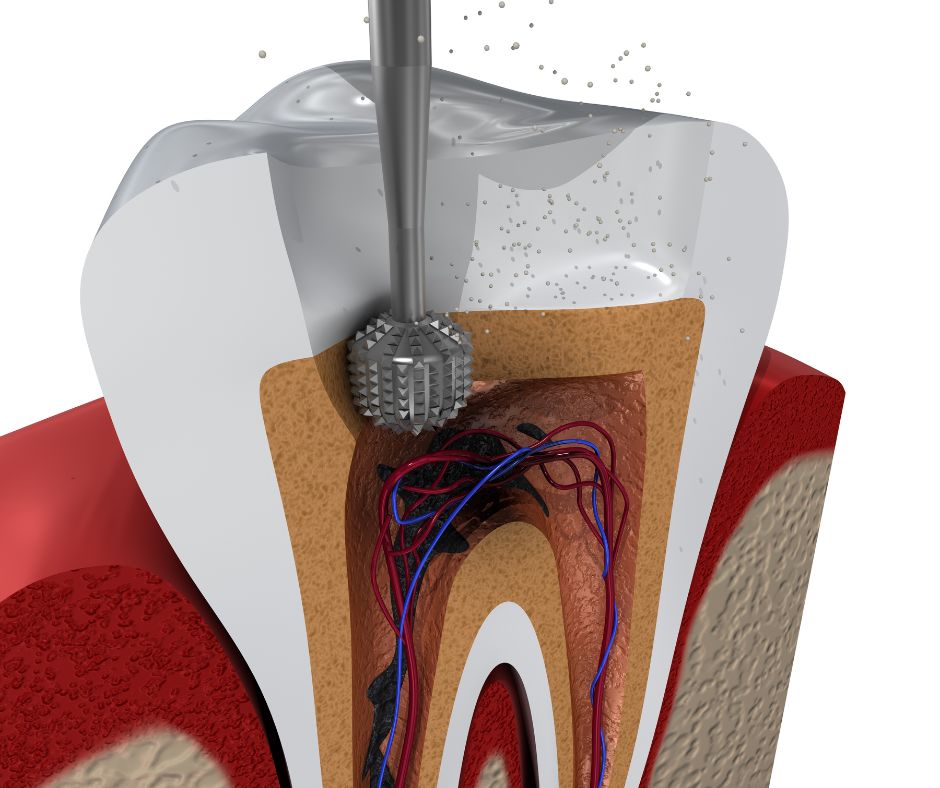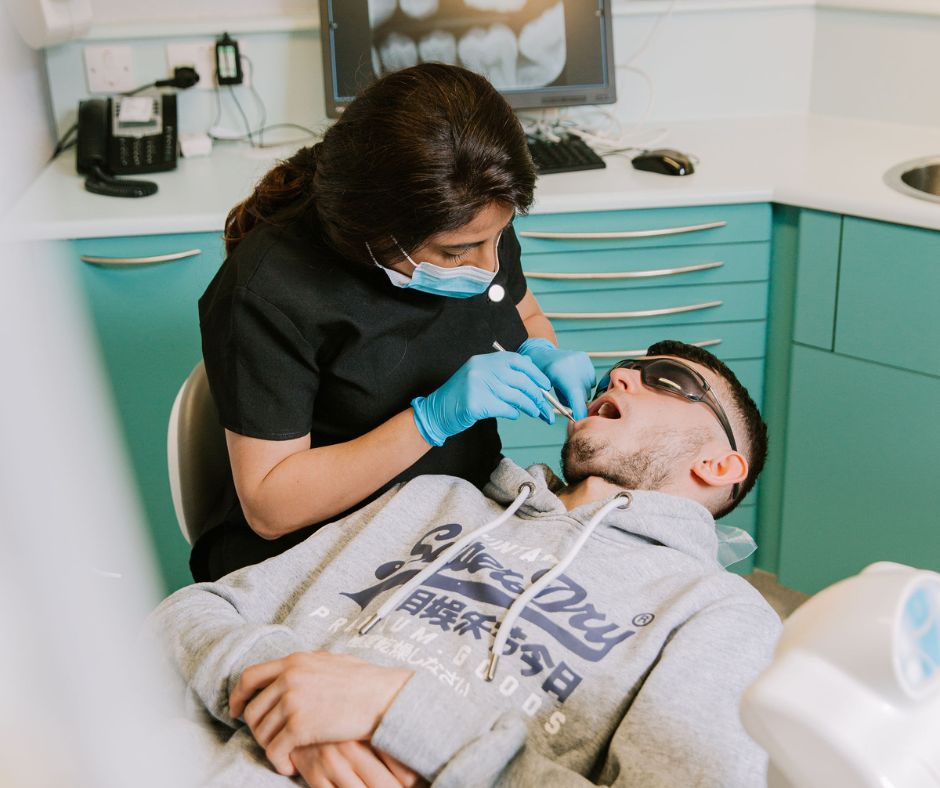ORAL SURGERY
Dental surgery is a surgical procedure that is carried out on the teeth and gums. It can be used to treat a range of issues, including tooth decay, gum disease and infections.
Most people will only need dental surgery if they have a serious issue with their teeth or gums. In some cases, it may be necessary to remove a tooth.
Dental surgery is usually carried out under local anaesthetic, meaning you will not feel any pain during the procedure. Recovery times vary depending on the type of surgery that has been carried out.
Root canal treatment, Tooth removal, Tooth decay, Severe damage to a tooth, Gum disease, Infection, Abscess or Nervous or anxious patients who require sedation during treatment.

ROOT CANAL
Root canal treatments are an important part of a dentist’s repertoire as they allow them to save an infected, painful and decayed tooth from extraction. Instead of pulling the tooth out, the root canal procedure involves removing the inner parts of the tooth – including the nerve and pulp – and cleaning it out. This is all done under local anaesthetic to ensure you feel no pain.
What causes infected teeth?
There are a number of reasons for tooth infections, but most commonly, they’re caused by tooth decay, damage to the tooth or gum disease. If left untreated, an infection can be painful and lead to an abscess. A root canal cleans out the bacteria causing the infection and allows the tooth to be kept.

What is the treatment process?
To complete the root canal treatment, your dentist will numb the area around the tooth with a local anaesthetic.
Some drilling is usually required to access the interior of the tooth, and the infected material is carefully removed. The root canals are then cleaned and filled. Depending on the type of tooth, this may need to be done over more than one appointment.
Finally, the tooth is finished with a dental filling or crown.
People often find the thought of a root canal scary, but it’s important to remember that the procedure is done under local anaesthetic, will prevent further pain in future and ensures you don’t develop an abscess or more serious health issue.
Don’t put off getting the treatment you need – get in touch. We have lots of experience with nervous or anxious patients.
TOOTH REMOVAL
The tooth removal process is usually carried out under local anaesthetic, meaning you will not feel any pain during the procedure. Recovery times vary depending on the type of surgery that has been carried out. In most cases, patients will be able to return home the same day.
A tooth may be removed if it is severely damaged, decayed or infected.
In some cases, it may be necessary to remove a tooth before orthodontic treatment can begin.
The removal process usually takes around 30 minutes. The area will be numbed with a local anaesthetic and the tooth will be extracted using forceps.
If the tooth is particularly difficult to remove, or if the patient is anxious, sedation may be used.

After the tooth has been removed, a gauze pad will be placed over the extraction site to help stop any bleeding. The patient will be given aftercare instructions and will need to take painkillers if necessary.
After the procedure, you will be given aftercare advice. This will include how to care for the wound, what pain relief to take and when to see a dentist again.
The area will usually heal within a few days and the patient can return to their normal activities.
It is normal to experience some discomfort and swelling after the procedure, but this should subside within a few days.
